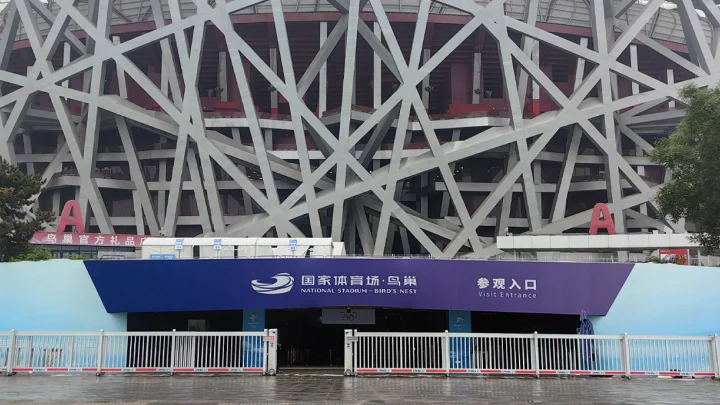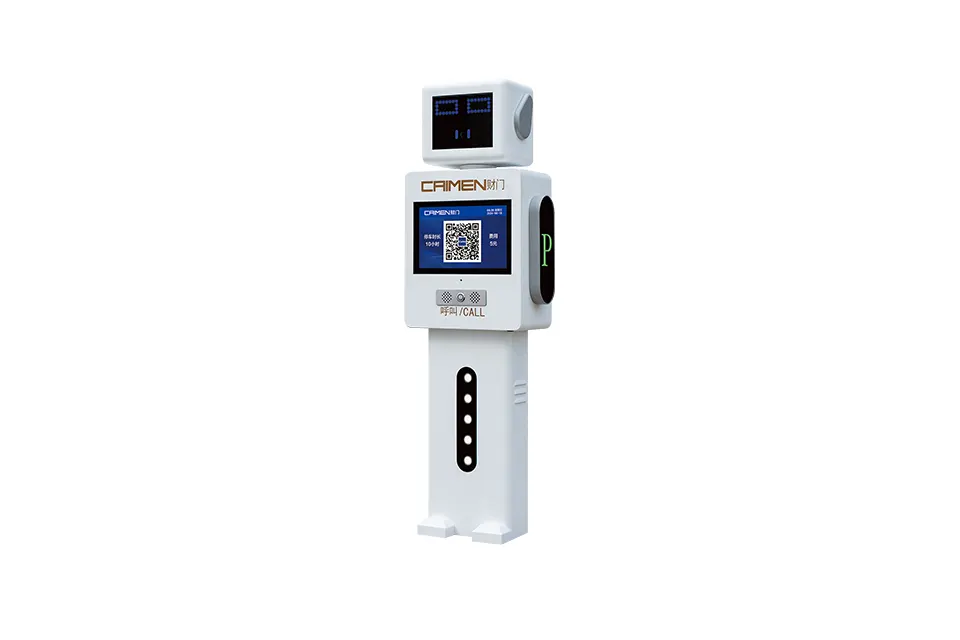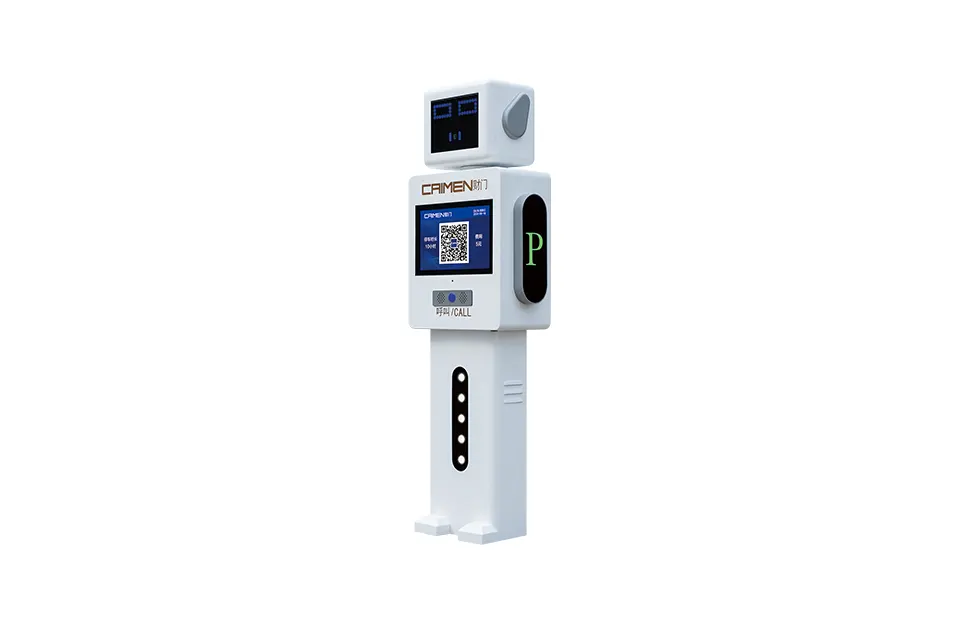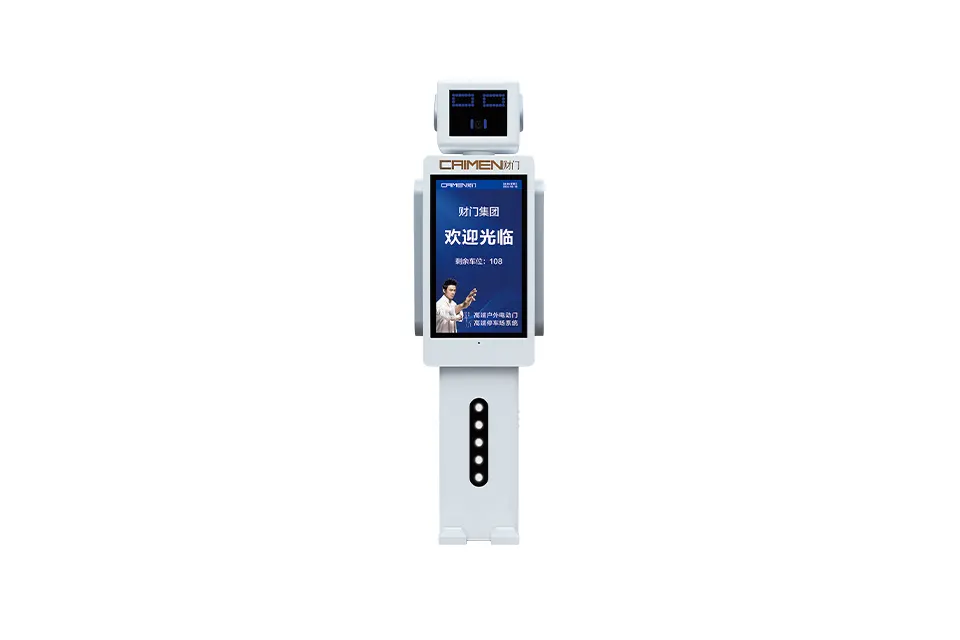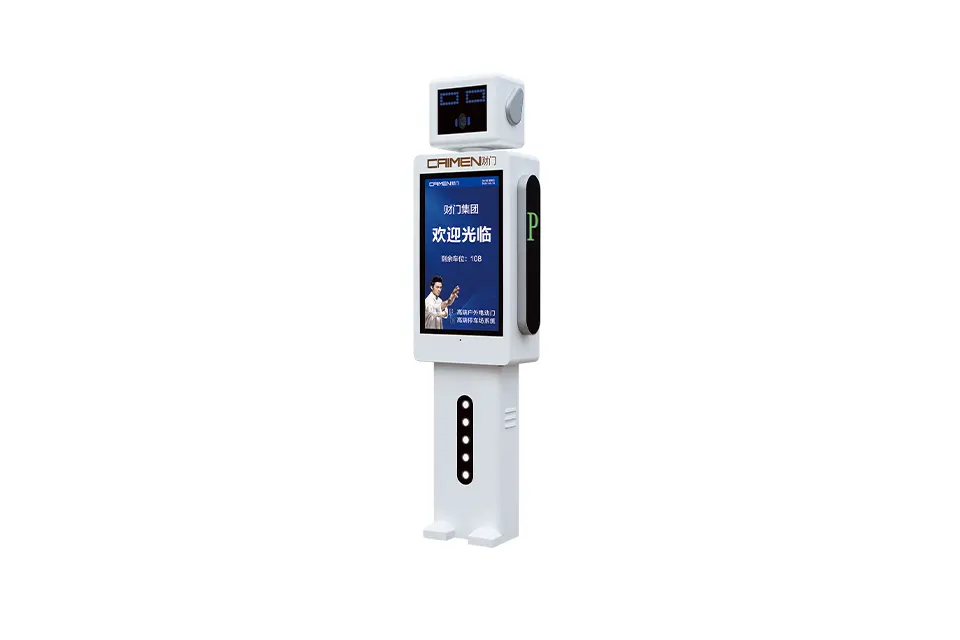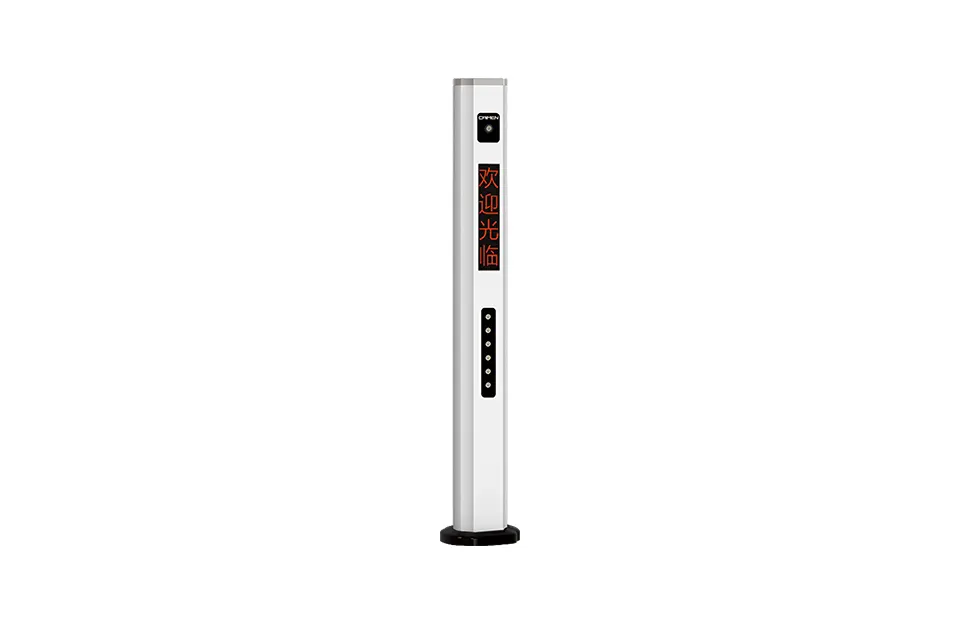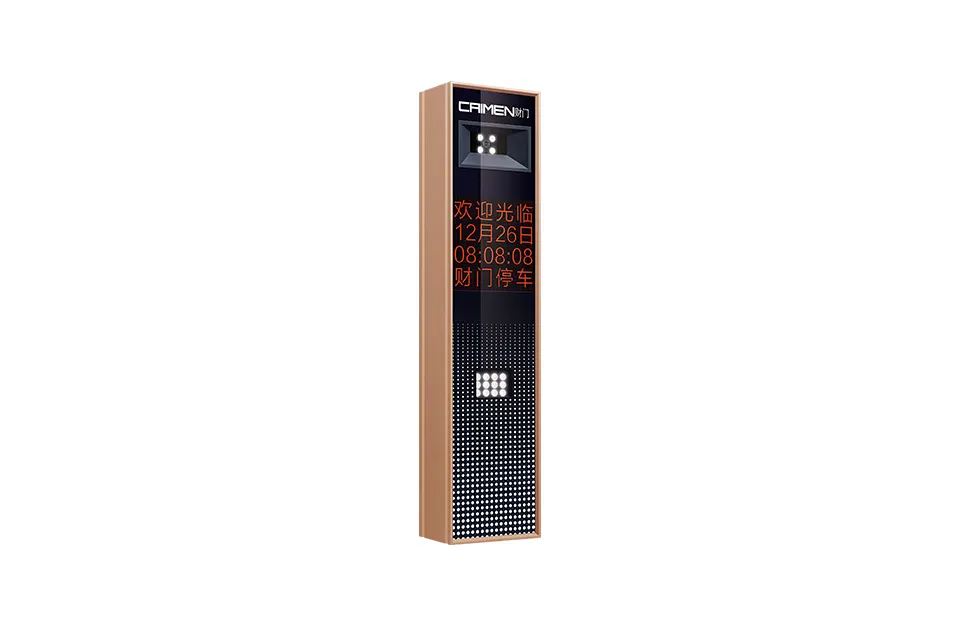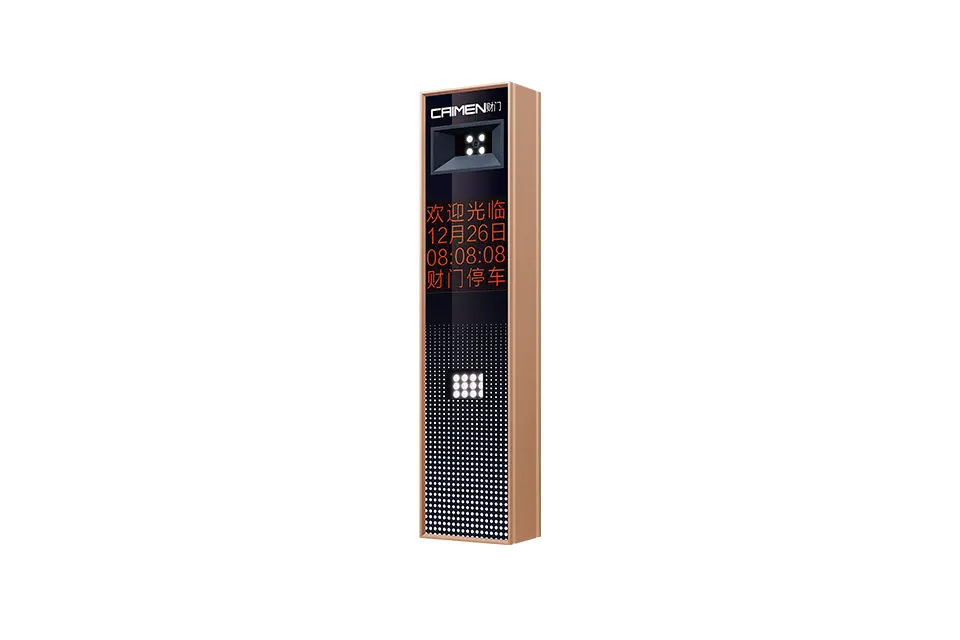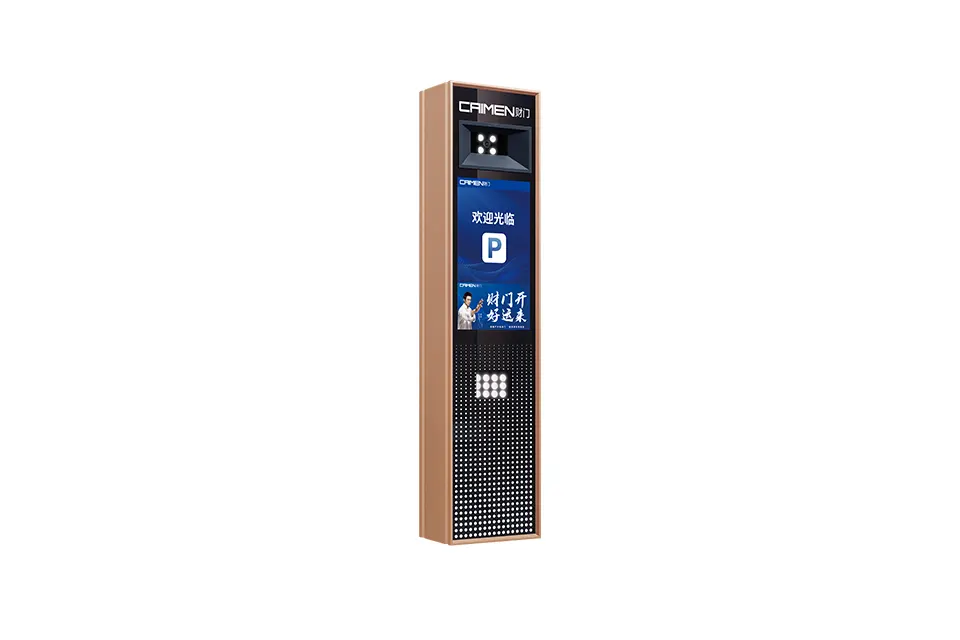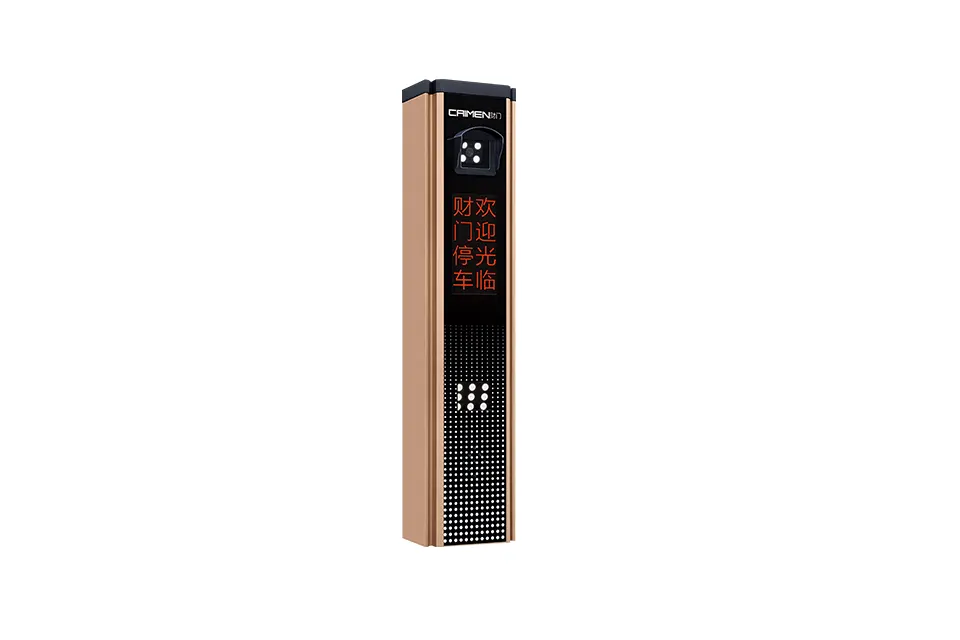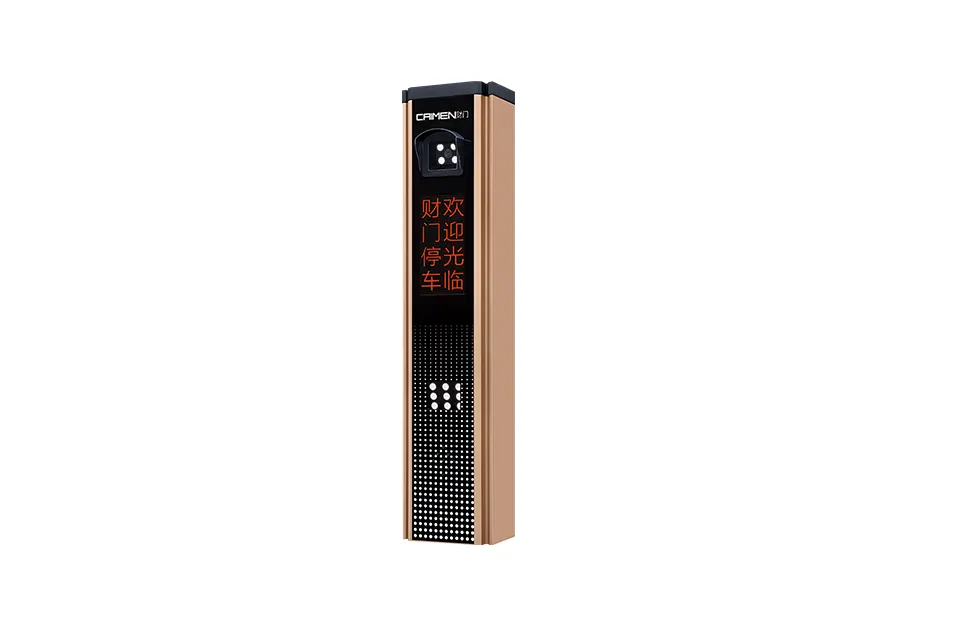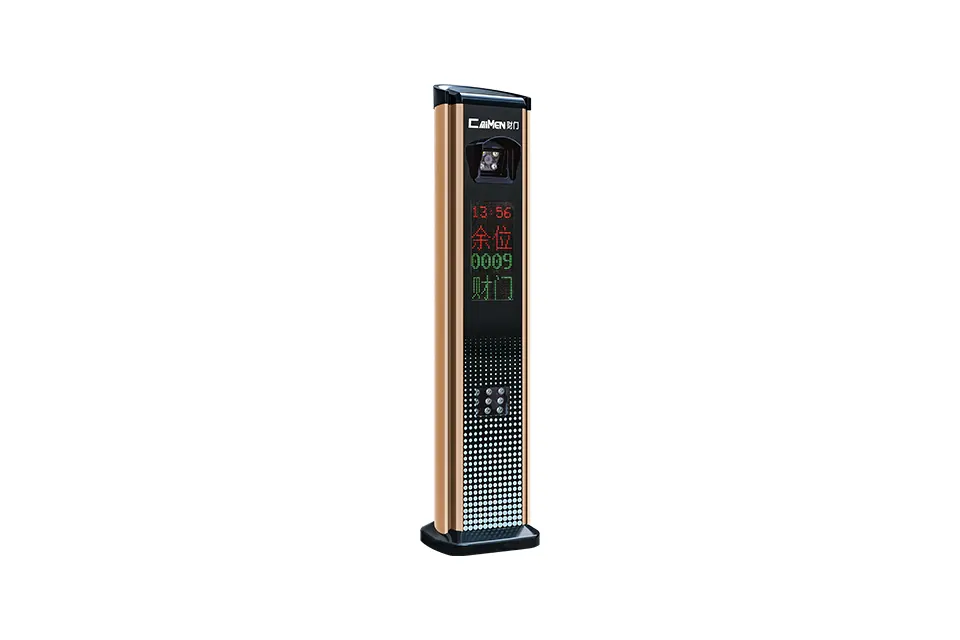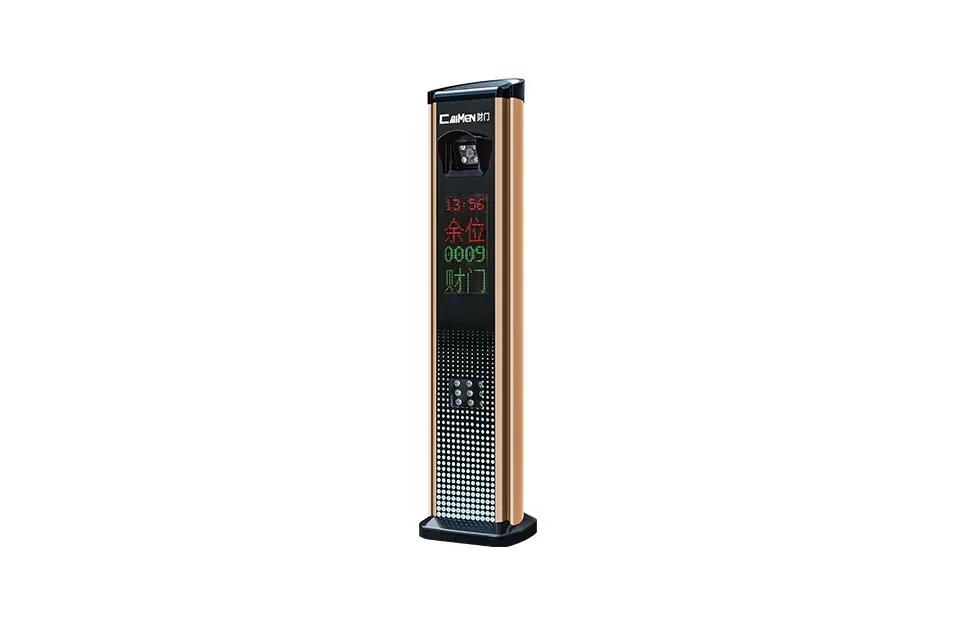
License Plate Recognition

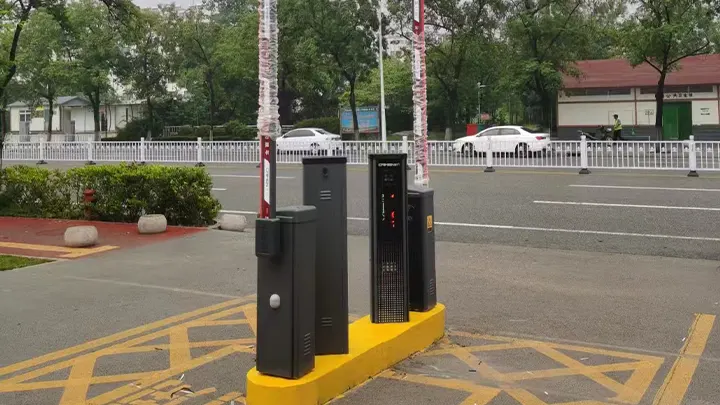

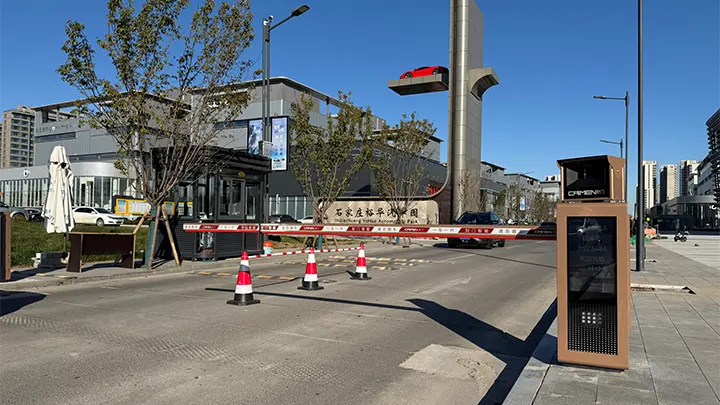
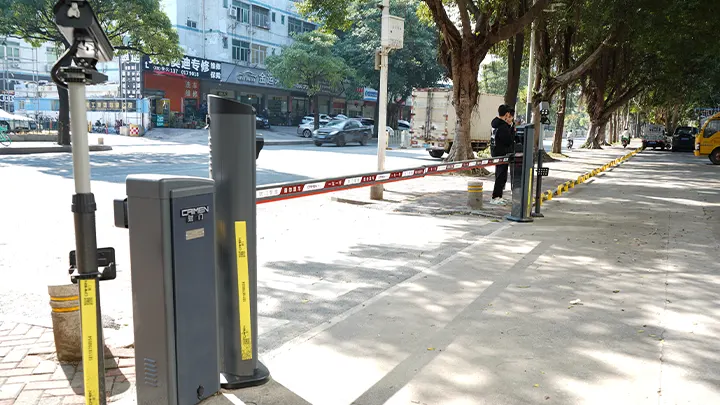

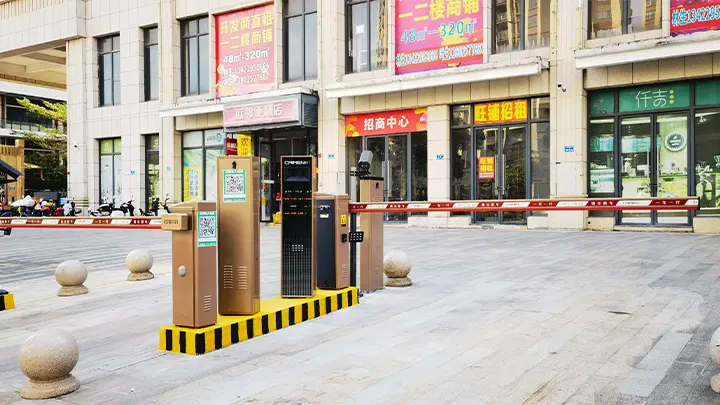
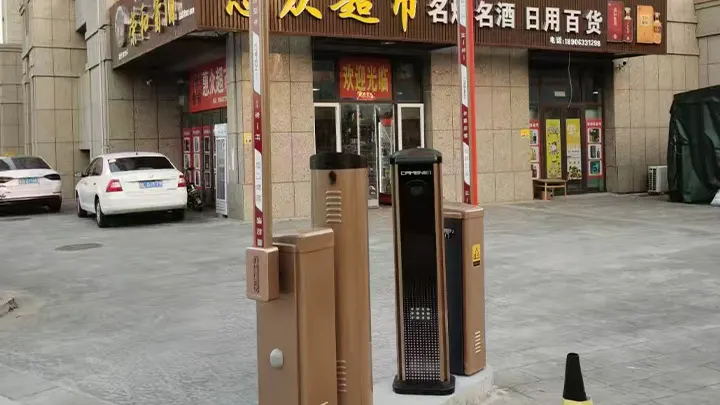
License Plate Recognition (LPR) technology transforms how industries use access control systems along with traffic management systems in the marketplace. LPR systems use automated data processing of vehicle license plates to create an efficient and secure entry system for residential, commercial and industrial environments. These systems cut down human labor while delivering better results with improved structure for activities across operations.
Current LPR technology implement sophisticated AI and machine learning procedures to identify vehicle license plates in different illumination and environmental conditions. The essential nature of smart access management depends upon LPR technology because it brings real-time data processing capabilities in addition to cloud connectivity and security system integration capabilities.
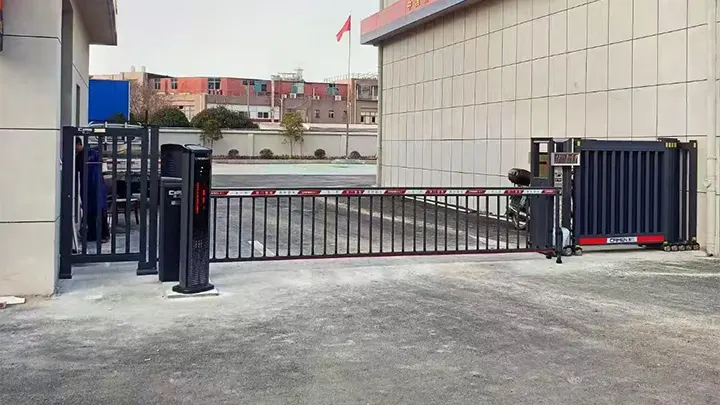
- AI-powered LPR systems for real-time monitoring and access control.
- Cloud Integration provides centralized data management that leads to improved security alongside better efficiency levels.
- Advanced recognition technology for precise detection in all conditions.
Seamless Integration: Compatible with existing security and traffic management systems.
- Factors Affecting LPR Accuracy: The success rate of LPR depends on multiple variables including the quality of video equipment along with environmental illumination levels and car plate condition and alphabetic patterns.
- Maximum Accuracy Rate: When operated under perfect conditions LPR technologies can reach an accuracy rate that exceeds 95%.
- Challenges to Accuracy: Weather conditions and plate dirt as well as plate obstructions reduce the accuracy of vehicle recognition systems.
- Operational Efficiency: LPR systems provide several essential benefits that users can take advantage of.
- Automated Identification: LPR allows automated vehicle identification through which operations become more efficient while requiring less human involvement.
- Enhanced Security: The security profile improves because LPR technology creates live alerts when it encounters unrecognized vehicles.
- Reliable Record Keeping: LPR systems maintain both flawless and unalterable records regarding vehicle movements.
- Access Control: LPR technology enables automatic access control which results in easy gates and toll booths operations along with reduced parking garage queue times.
- Cost-Saving Benefits: LPR establishes cost-saving opportunities through process automation and task reduction.
- Multi-National Plate Recognition: Most LPR systems function to identify license plates of foreign countries but their ability to do so requires dedicated configuration protocols for different national plate designs.
- Localized Adjustments: The multi-national systems support multiple plate types but operators might need to make localized adjustments to achieve peak performance.
- Types of LPR Cameras: Most LPR systems implement high-resolution cameras available as stationary or PTZ types.
- Clear Image Capture: The designed cameras focus on producing clear images from vehicle license plates without being influenced by insufficient light.
- Night and Adverse Weather Performance: The functionality of LPR systems during nighttime operations and adverse weather conditions primarily depends on infrared cameras that provide visibility.
- Automation of Entry and Exit: The mature technology of LPR operates in various parking management systems to achieve these main functions:
- Barrier-Free Access: Entrance and exit operations are automated through the system which enables vehicles to bypass both tickets and physical obstacles during passage.
- Accurate Fee Calculation: The system tracks vehicle duration through the lot and computes exact parking fees based on this information.
- Permit and Subscription-Based Access: The LPR system accepts entry from vehicles that possess pre-set parking permits or subscriptions to avoid traditional access card use.
